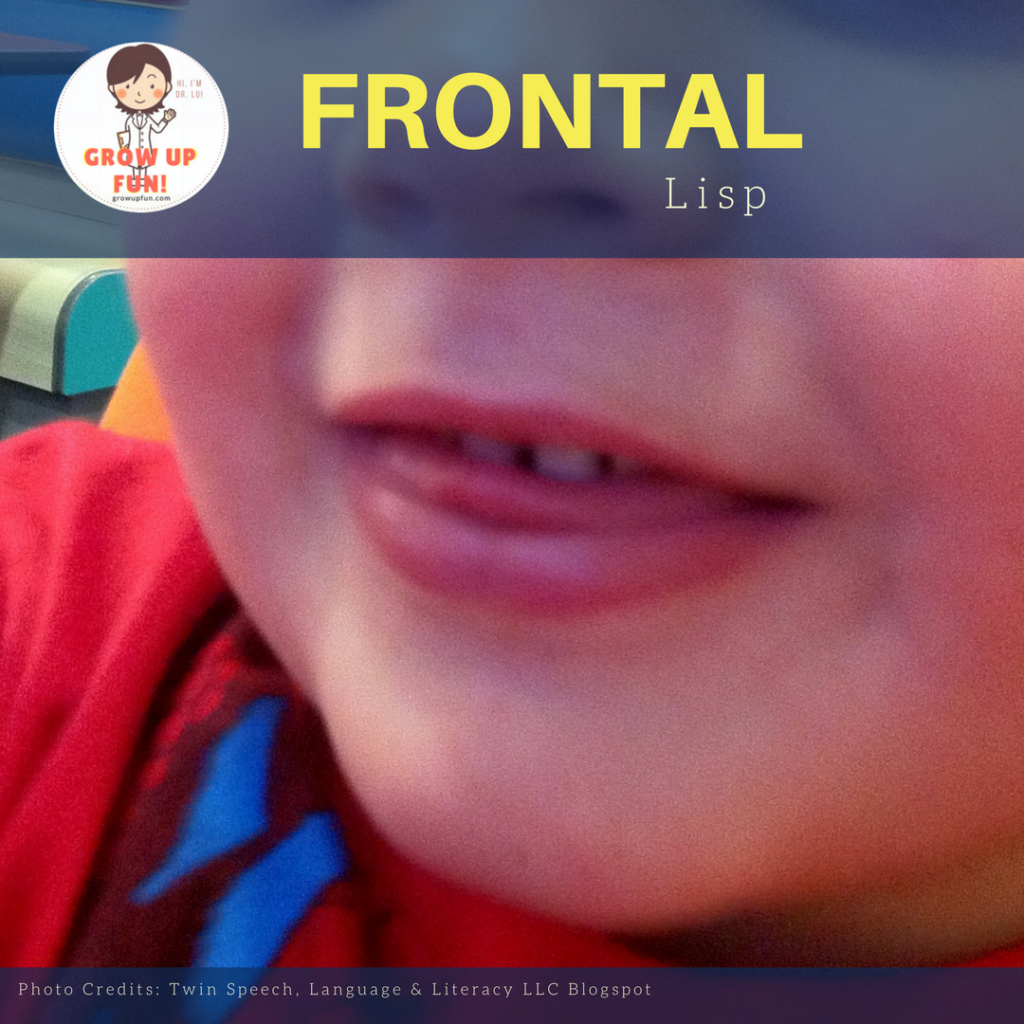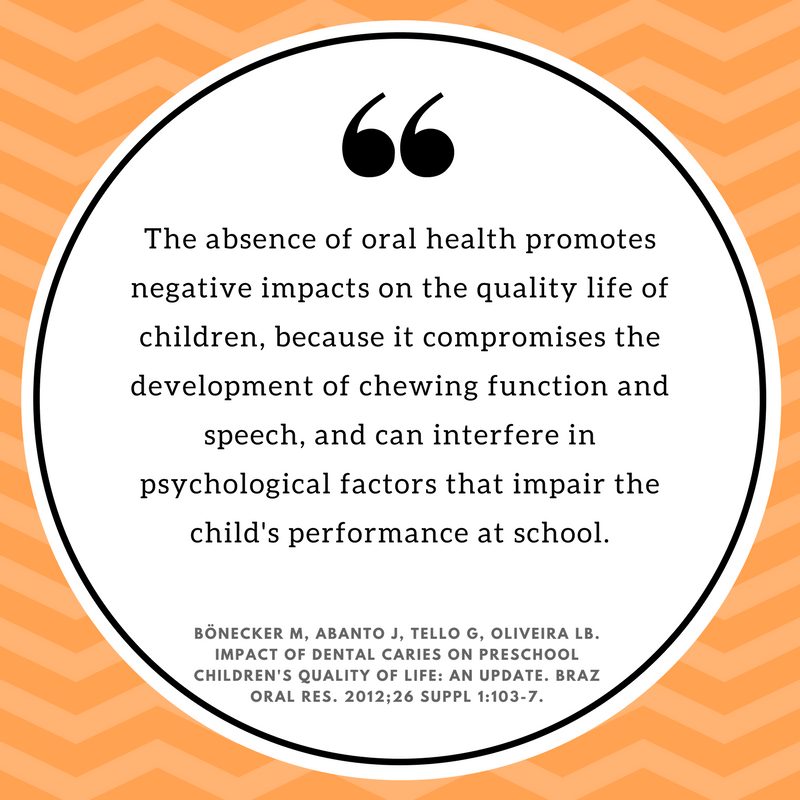Lisp , or Sigmatism, is a speech impediment where sibilants such as s, z, ts, and dz are pronounced in a different way resulting in unclear speech. This type of speech disorder can occur as early as during childhood years.
One of the most common types of Lisp, especially among children, is the Front Lisp. This produces /eth/ sounds for s and z, and /th/ for ts and dz. There are two kinds of Frontal Lisp. Interdental Lisping is when the tip of the tongue pushes behind the front teeth while producing a /th/ sound. Dentalised Lisping produces the same sound but is due to the tip of the tongue touching the front teeth.
The occurrence of the latter is closely attributed to the positioning of the tongue and the spacing of the teeth. Hence, there has been a constant discussion on whether or not dental approach can help prevent the manifestation of lisp among children.
In a case study reported by post-graduate students of the Department of Child Dentistry in the School of Dentistry of Piracicaba – State University of Campinas, Piracicaba, Brazil, the possibility of providing treatment for oral dysfunctions through the interdisciplinary cooperation between dental approach and speech therapy is explored.
As parents, we should also be concerned with the dental health of our children. Professionals highly encourage scheduling a child’s first dentist appointment before the eruption of his/her first tooth. This way, parents are taught about practicing good oral hygiene, good dietary habits, along with proper instructions in caring for the baby’s teeth. Caries can result in premature loss of teeth which leads to the child not being able to eat properly, talk properly, and interact with others properly due to embarrassment.
Ultimately, the subject of the study did not show a lasting occurrence of lisp, despite the early loss of the child’s baby teeth. According to related literature, changes in speech such as frontal lisp hardly happen on children with premature loss of incisors. Lisp may occur temporarily but should be corrected as soon as permanent teeth grow out. In cases where the difficulty of speech is not dependent on the pronunciation the child, speech therapy may be required to correct the problem.
Nevertheless, the association between good oral hygiene and speech functions is still evident. A healthy set of teeth equals a healthy growing child. This leads us to explore other approaches to preventing and/or correcting our child’s Lisp.

